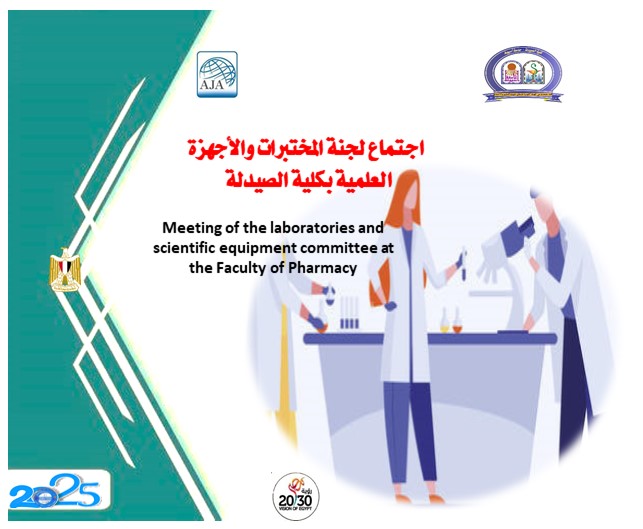Research Abstract
Background
Levels of heavy metal pollution are increasing due to industrial activities and urban expansion. While cobalt (Co) can be toxic to plants at high levels and isn’t considered essential, it plays a beneficial role in many enzymes and is critical for various biological functions. We conducted experiments to determine how Adhatoda vasica proliferated shoots react to exposure to various Co concentrations (50–1000 µM). We employed physiological and biochemical markers to elucidate the response mechanisms of this medicinal plant. The experiment was conducted in two replicates per treatment. The statistical analysis was based on data from four biological replicates per treatment.
Results
Interestingly, the lowest Co concentration (50 µM) increased proliferated shoot growth by 41.45%. In contrast, higher Co concentrations (100–1000 µM) had detrimental effects on proliferated shoot development, water content, and photosynthetic pigment concentrations. As Co concentration increased, proliferated shoots produced excessive concentrations of reactive oxygen species (ROS). This ROS overproduction is believed to be the primary cause of oxidative damage, as evidenced by the elevated concentrations (18.46%-72.84%) of malondialdehyde (MDA) detected. In response to Co stress, non-enzymatic antioxidants were activated in a concentration-dependent manner. Co administration significantly increased the concentrations of different stress-protective compounds in shoots, including total antioxidants (133.18%), ascorbic acids (217.94%), free and bound phenolics (97.70% and 69.72%, respectively), proline (218.59%), free amino acids (206.96%), soluble proteins (65.97%), and soluble carbohydrates (18.52%). FTIR analysis further corroborated changes in the chemical composition of proliferated shoots. The analysis revealed variations in the peaks associated with major macromolecules, including phenolic compounds, lipids, proteins, carbohydrates, cellulose, hemicellulose, and sugars.
Conclusions
Our study offers the first comprehensive investigation into mechanisms by which Co stress triggers oxidative damage and alters functional groups in the medicinal plant, Adhatoda vasica.
Research Authors
Abeer A. Radi, Fatma A. Farghaly, Fatma A. Al-Kahtany, Ahmed M. Zaher & Afaf M. Hamada








